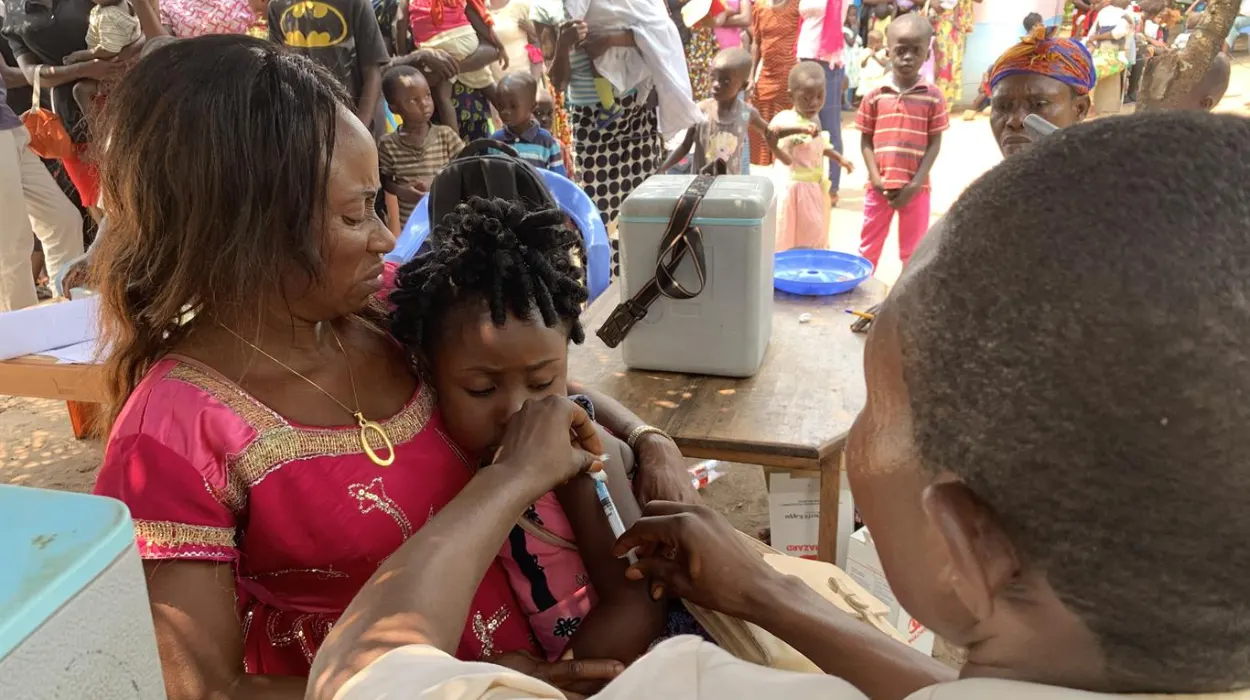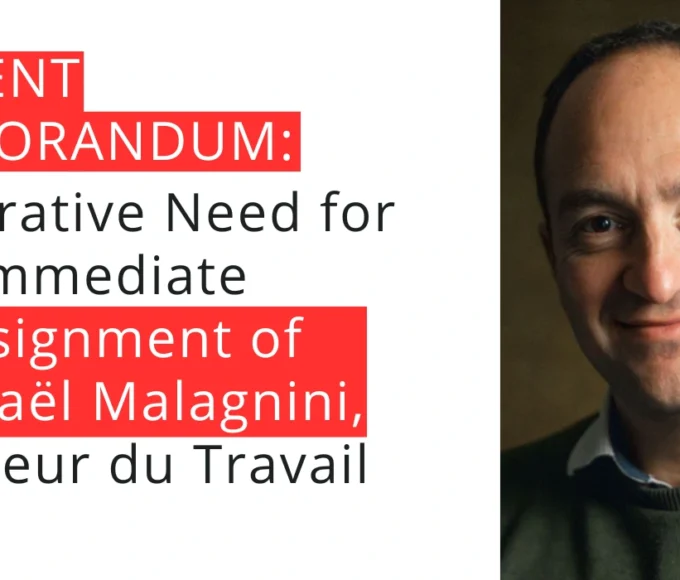Measles outbreaks have escalated alarmingly in 2025, fueled by vaccination coverage dropping below the critical 95% herd immunity benchmark. As of early August, the Pan American Health Organization (PAHO) reported over 10,000 confirmed measles cases and 18 deaths in the Americas alone, a 34-fold increase compared to the same period in 2024. Globally, the World Health Organization (WHO) cited nearly 196,270 measles cases by May 2025, prompting urgent calls for intensified immunization efforts to stem the resurgence of this highly contagious, vaccine-preventable disease.
Global Measles Case and Mortality Surge
Worldwide surveillance data reveal 196,270 reported measles cases as of May 1, 2025, including 62,513 laboratory-confirmed infections. These figures extend across all WHO regions, with the Eastern Mediterranean accounting for 35% of cases, Africa 21%, and Europe 21%. In 2024 alone, measles caused approximately 95,000 deaths globally, predominantly among children under five, despite a significant decline from 780,000 deaths in 2000 due to vaccination successes.
Regional Breakdown and Trends
- Americas: 10,139 confirmed cases and 18 deaths by August 2025, representing a profound rise due to waning immunization.
- Eastern Mediterranean and Africa: Significant case shares, with ongoing outbreaks hampering control efforts.
- Europe: Epidemic surges amid vaccine hesitancy and coverage gaps.
The resurgence reflects gaps in vaccination coverage, with only 89% of children receiving the first MMR dose and 79% the second in the Americas, both below the recommended 95% for herd immunity. Roughly 22 million children worldwide missed their first vaccine dose in 2023, exacerbating vulnerability to outbreaks.
Americas Face Unprecedented Outbreaks
The 2025 outbreak spans ten countries in the Americas, including Canada (4,548 cases, 1 death), Mexico (3,911 cases, 9 deaths), and the United States (1,356 cases, 3 deaths). These outbreaks primarily affect unvaccinated individuals or those with unknown vaccination status, with children under five and adolescents aged 10-19 most at risk. Many cases result from imported infections spreading within under-immunized communities.
Compared to 2024, the Americas report a 34-fold increase in cases, highlighting urgent immunization shortfalls despite marginal improvements in vaccine coverage rates. Officials note that some countries report notification rates insufficient for timely outbreak response.
Factors Behind Vaccination Decline
Measles transmission thrives when vaccination rates fall below herd immunity thresholds. COVID-19-related disruptions and rising vaccine hesitancy have reversed progress made over decades. The United States reported its highest measles levels since being declared measles-free in 2000, with outbreaks centered in communities exhibiting vaccine reluctance.
WHO officials emphasize the disease’s extreme contagiousness, with Kate O’Brien, WHO Immunization Director, warning, “Even small drops in vaccination coverage can spark outbreaks, much like a fire alarm going off when smoke is detected.” The global COVID-19 pandemic particularly impacted routine vaccination programs, leading to increased susceptibility.
Health Authorities Urge Swift Action
PAHO and WHO have called for urgent interventions, including:
- Strengthening immunization programs, aiming to close immunity gaps.
- Enhancing surveillance for rapid outbreak detection and response.
- Prioritizing vaccination catch-up campaigns especially among children and adolescents.
- International cooperation to monitor and control imported cases.
These measures are critical to reversing the current trends and preventing further fatalities.
The Public Health Challenge Ahead
Despite historic successes reducing measles deaths by 88% from 2000 to 2024, recent surges jeopardize progress toward global elimination goals. Surveillance inconsistencies and uneven vaccine coverage sustain transmission, necessitating intensified global commitment. Continued vigilance is essential to protect vulnerable populations and prevent measles from regaining its hold across regions









